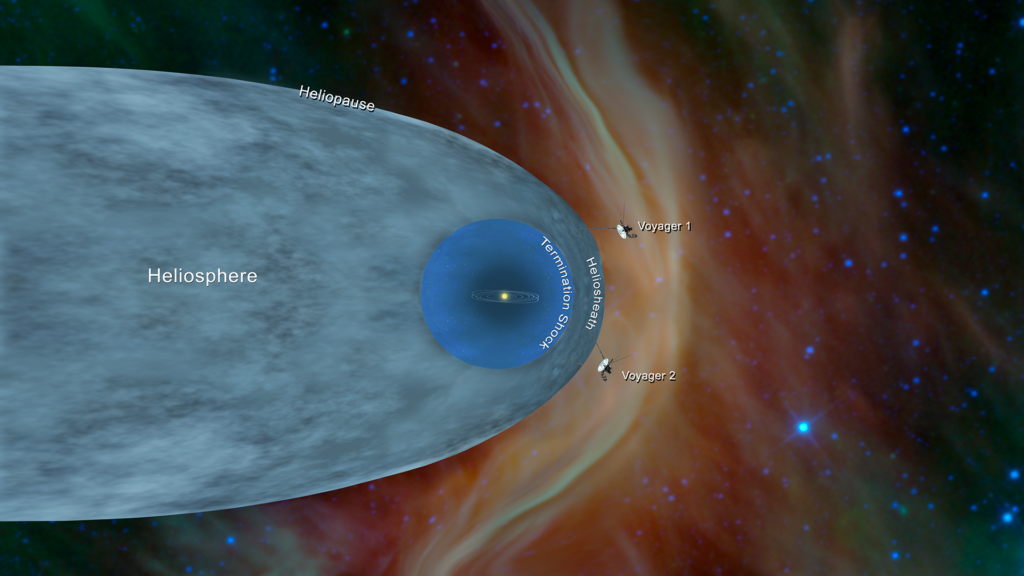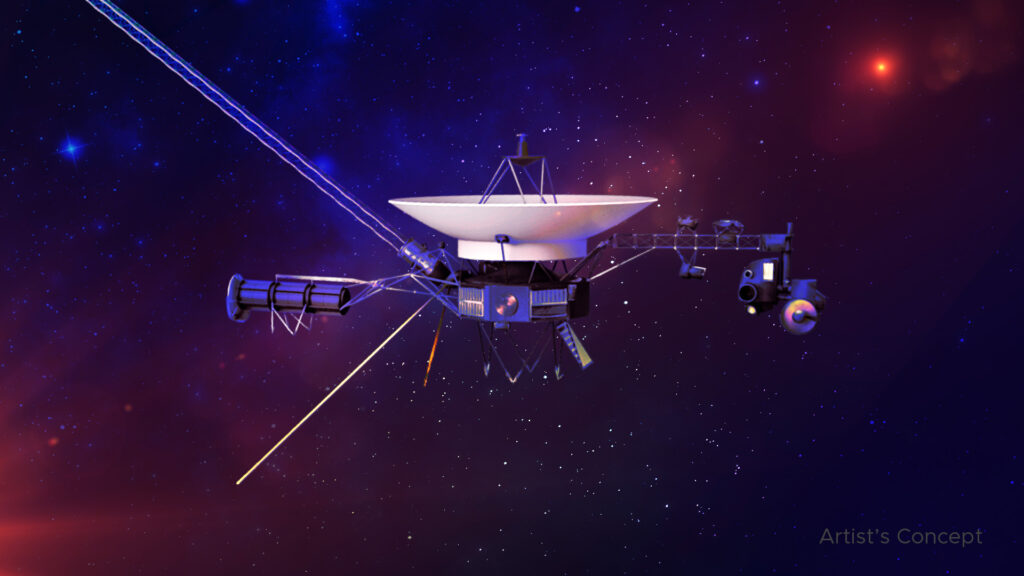The Voyager 1 interstellar probe has returned to normal operation and resumed transmitting data from all science instruments. This is stated in a report published on the website of NASA’s Jet Propulsion Laboratory.
Repair in interstellar space
Last November, Voyager 1 encountered one of the most serious problems during its epic 46-year journey. A chip that stored part of the Flight Data System (FDS) code malfunctioned. As a result, Voyager 1 lost the ability to transmit telemetry and scientific information back to Earth.

The situation was additionally complicated by the huge distance to the spacecraft (it takes 22.5 hours for a signal emitted from Earth to reach Voyager 1) and age. Most of its designers are now dead and the rest are long since retired. Therefore, mission specialists had to play the role of technoarchaeologists, studying documents from half a century ago and trying to understand the logic of their authors.
As a result, it took NASA engineers five months to understand the cause of the problem and develop a solution in the form of moving code from the area that failed to other parts of the FDS. This allowed telemetry from the probe to be resumed.
The next step was the resumption of scientific work. In May, engineers sent Voyager 1 a command that allowed them to obtain information from two of the spacecraft’s four still-functioning instruments: a plasma wave receiver and a magnetometer. They have now succeeded in setting up the two remaining instruments, a cosmic ray detector and a low-energy charged particle instrument.
In the near future, experts plan to carry out additional work, which includes reprogramming the clocks in the apparatus’ computers, as well as servicing the on-board tape recorder that records some of the instrument’s plasma wave data. But as a whole, Voyager 1 is finally back to full operation.
Voyager’s future
Now as the spacecraft computer is functioning again, a key factor limiting the life of Voyager 1 and Voyager 2 is the loss of power generated by their onboard radioisotope generators. They lose about four watts annually. This is due to the gradual decay of plutonium-238 and the degradation of the thermocouples that convert the heat from this decay into energy.

Mission controllers handle power reduction by shutting down non-essential systems, as well as heaters that keep key components of the vehicle and its scientific instruments from freezing. So far they’ve managed to strike a balance, but it’s getting harder every year. At some point, engineers will have no choice but to start shutting down the remaining instruments.
The specialists’ immediate goal is to bring the Voyager pair to 2027, which will mark the 50th anniversary of their launch. Ideally, they hope to get data from the vehicles by the 2030s. If contact with Voyager 1 can be maintained until 2035, it will be at a distance of 200 astronomical units (30 billion kilometers) from Earth.
News that Voyager 1 has resumed transmitting data from all instruments comes just two days after Ed Stone’s death. Stone was the project’s scientific director from its development in 1972 until 2022, when he retired at the age of 86.
According to JPL


